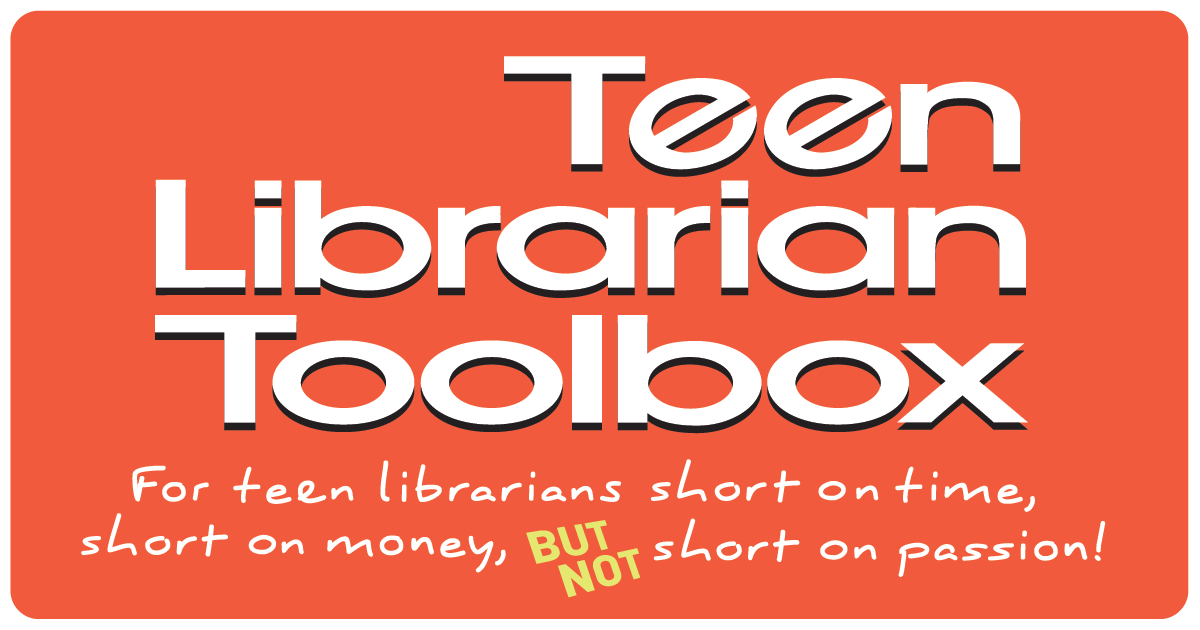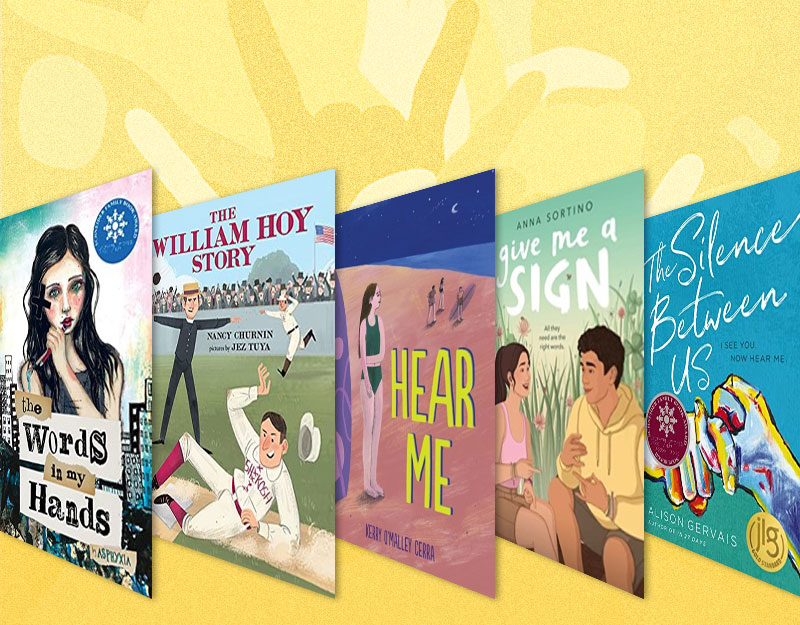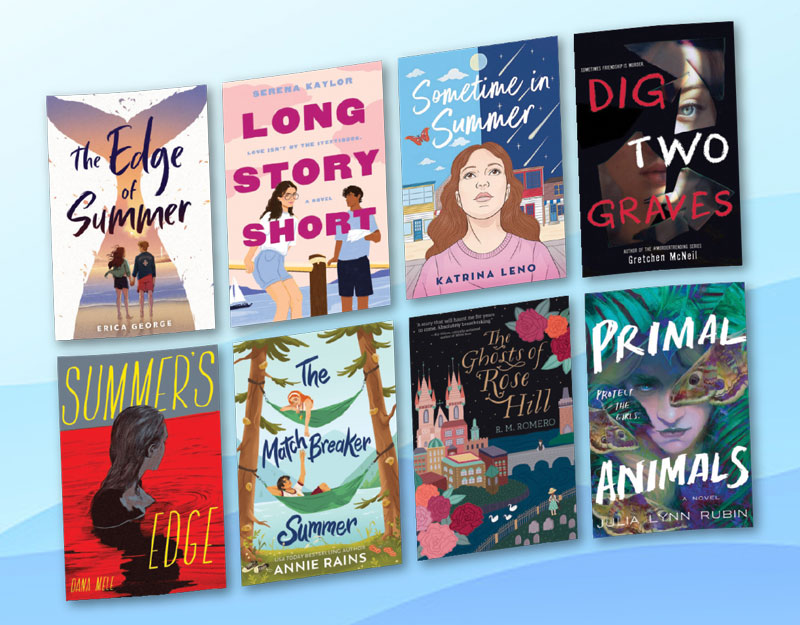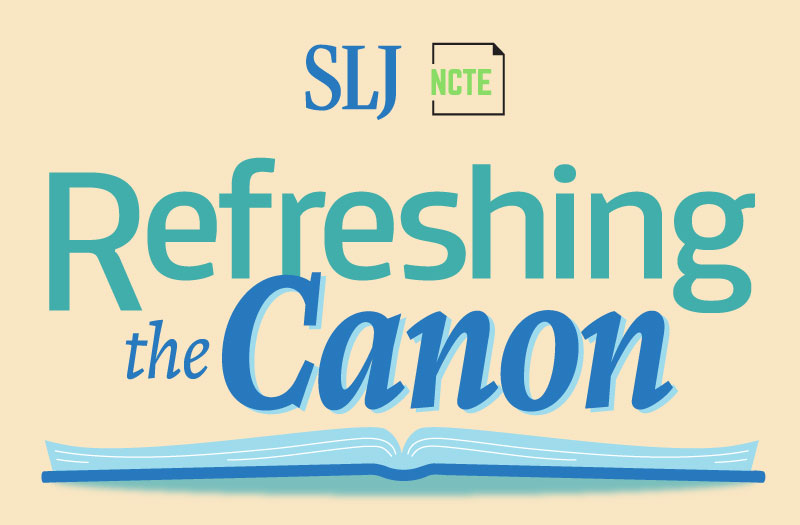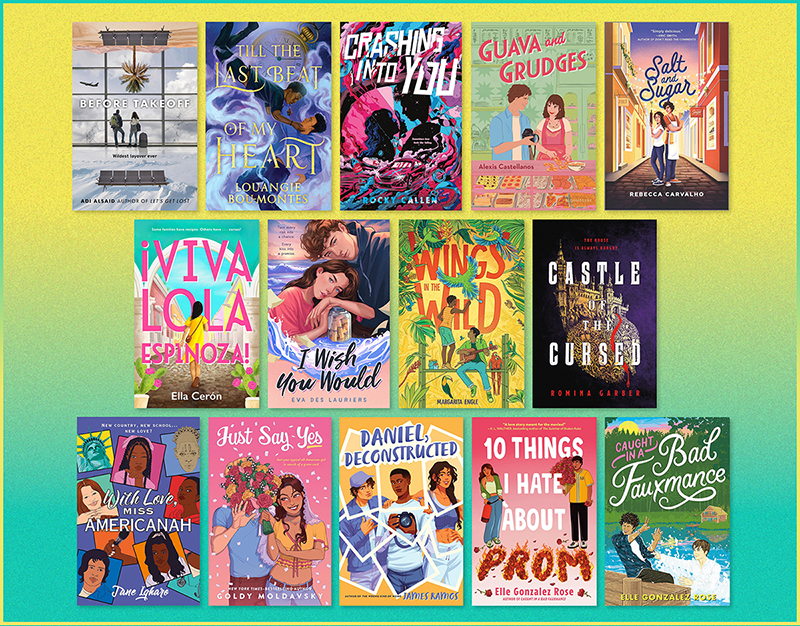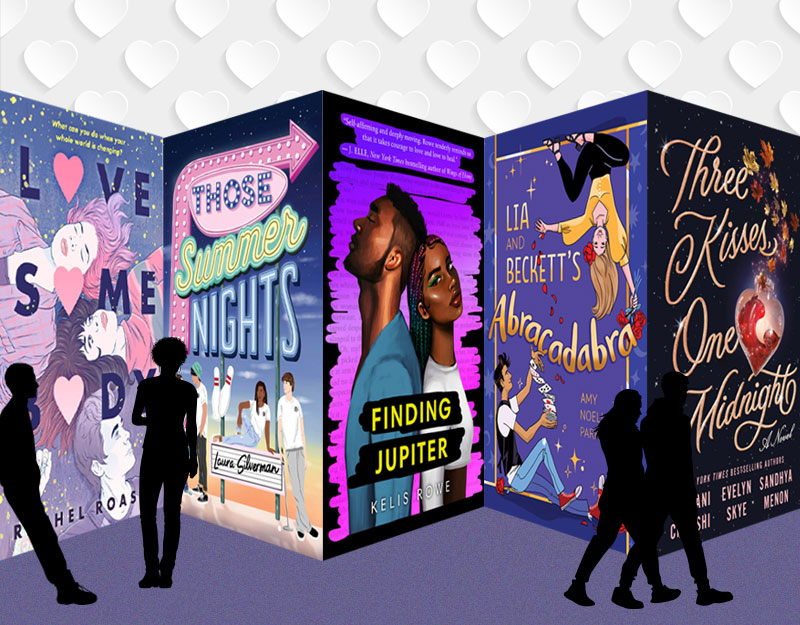Five Things I Learned from Writing a Book about Death, a guest post by Ash Harrier
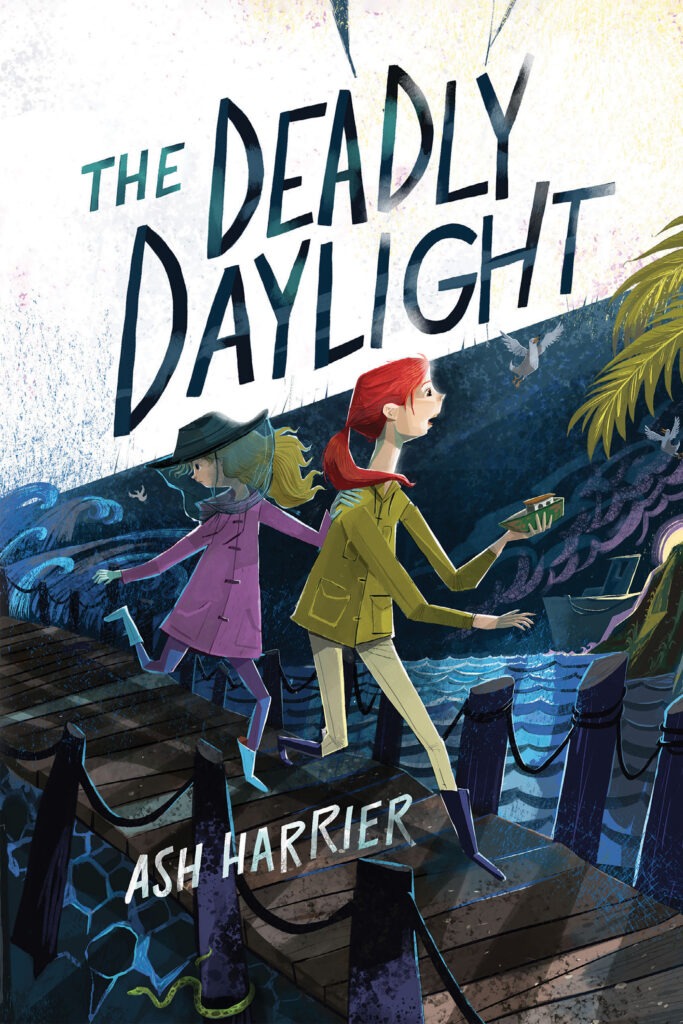
I never set out to write a middle grade novel about a girl who was raised in a funeral home and receives messages from the dead that help her solve mysteries. But when Alice England first popped into my head in 2015, that’s who she was, so I rolled with it.
It meant I had to learn about funeral homes. I consulted the ‘usual suspects’: books, videos, documentaries and training guides. One of my main sources of wisdom was Caitlin Doughty, author, founder of the Order of the Good Death and host of the YouTube channel Ask a Mortician. Thus I became immersed in the world of embalming, caskets, body storage and diverse funerary rites.
ADVERTISEMENT
ADVERTISEMENT
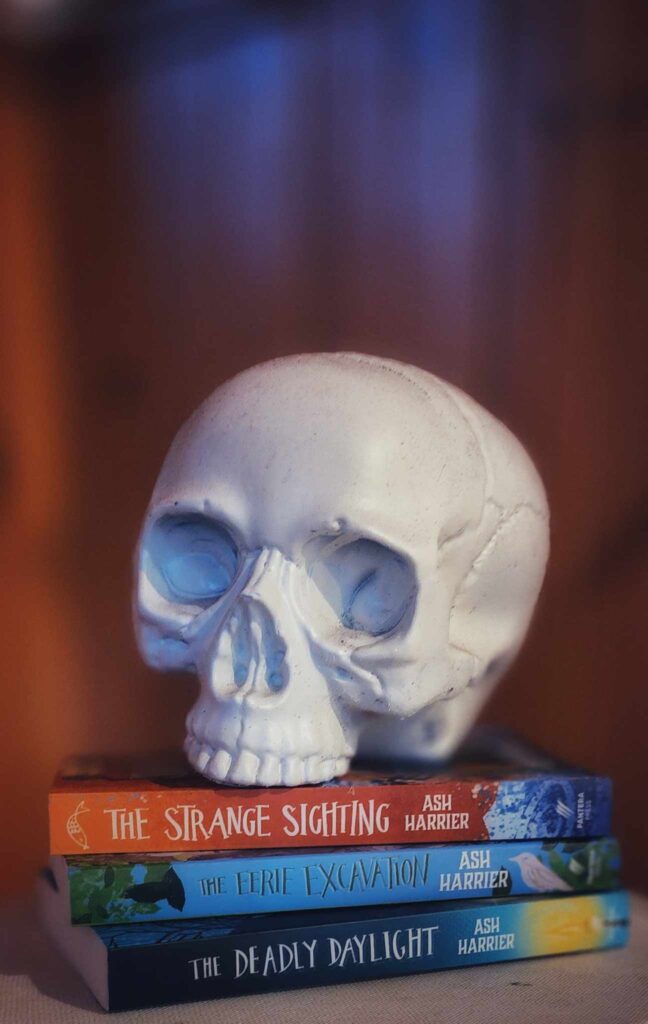
Obviously, most of this research never made it directly into the books. I did the research so I understood Alice’s family business and (hopefully) wouldn’t commit any obvious gaffes. But the research was immensely enlightening and here are my top five take-aways from learning about the death industry.
1. Death is universal. I know, it sounds like a no-brainer, but many of us spend a lot of our lives avoiding talking about death, thinking about death, and in denial that it could happen to us. Spoiler alert: it will happen to us. This is one of the few things in the world that happens to every single human. All eight billion of us. Perhaps it’s not such a bad thing to open the lines of communication a little – to normalize this very normal part of (end to?) life.
2. Death is as diverse as life. There are as many practices and traditions surrounding death, funeral ceremonies and what happens to a body as there are cultures and communities. In some cultures, the deceased is brought home once a year to take part in a family party. In other cultures, the funeral must take place within 24 hours of death. This diversity is fascinating and should be explored and celebrated.
3. There’s a good death and a bad death. The bad death is where people’s wishes are betrayed by unscrupulous or incompetent funeral service providers, leaving them with unhappy memories of what happened to their loved one. The good death is where the wishes of the deceased and their loved ones are honored. There are countless betrayals out there, from Charles Byrne, the 19th century ‘Irish Giant’ who wanted to be buried at sea so his body wouldn’t be claimed by science (his skeleton was only recently removed from public display at the Hunter Museum, London) to unethical funeral providers insisting on embalming corpses for no reason other than being able to charge more money.
4. Green funerals are growing. Increasingly, we are acknowledging the impact of embalming chemicals, metal or other non-biodegradable caskets and cremation carbon production on our planet. We’re also running out of room to bury bodies. Green funerals include biodegradable cardboard coffins, being buried in a compostable shroud instead of clothing, or body composting services that break your body down into wonderful rich soil that your family members can place in their gardens. This means new industry teething problems – there was a body composting service that was a little too ambitious in 2023 and was found with far too many decomposing corpses for its facility to handle.
5. Death is shrouded in silence. There’s an assumption that when children have lost someone, they will be traumatized by discussing the processes and customs surrounding death. But many children (and adults!) are confused about death. They are shielded from the facts. On my school visits, I’ve noticed that children are generally vague in their understandings of how we manage death as a species, especially natural death (murder, on the other hand, they seem to know a lot about). If they were to face loss, I imagine they would have a lot of questions that people around them might not be in a headspace to answer, and I wonder if that’s the best way we can raise our kids.
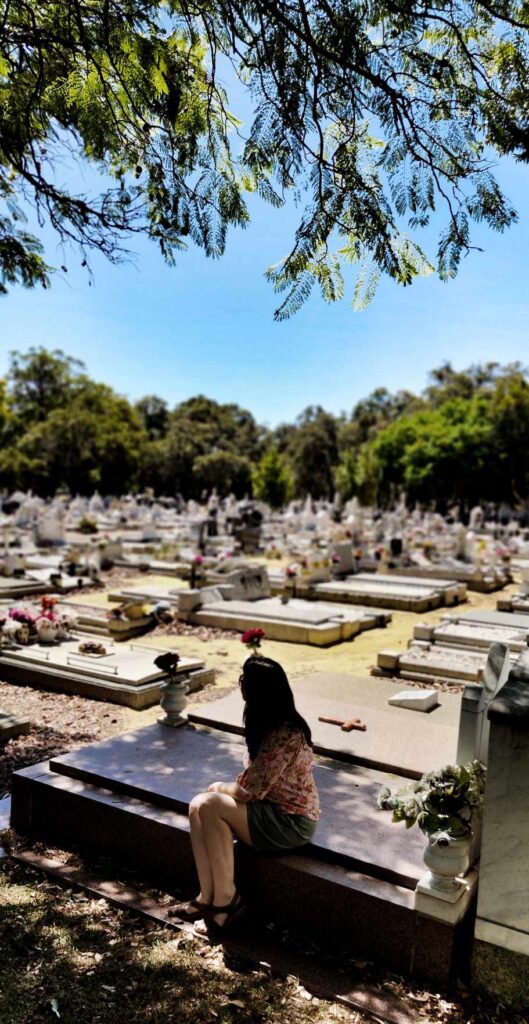
In The Deadly Daylight, Alice England is a friend to the dead. She listens to what they tell her. She has vast respect for the clients of Tranquility Funerals and is quietly determined that they have the death, or at least the funeral, they would have wanted. And perhaps best of all, she is willing to speak openly about death and its procedures and rituals, demystifying and unpacking this great unifier.
Meet the author
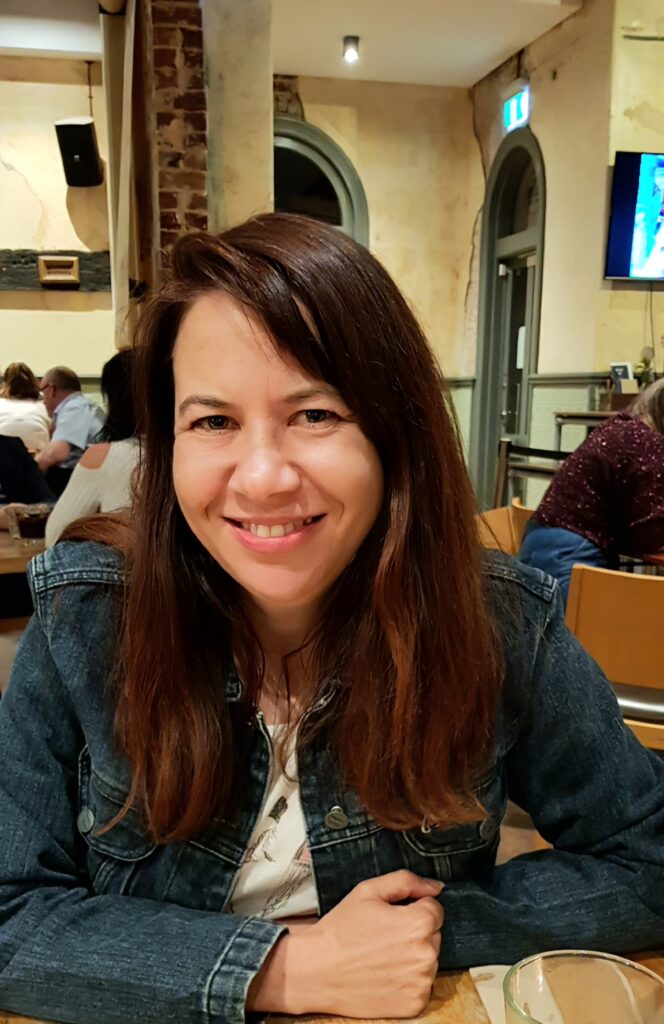
Ash Harrier (she/her) lives in Perth, Western Australia and is the author of the Alice England Mysteries series. Book 1, The Deadly Daylight, is now available in the US in all good bookstores. Ash is an Ambassador for the Books in Homes Australia charity, which helps children build home libraries for future success. She has a fondness for puzzles, scientific facts, birds and the smell of dried tea. Ash Harrier also writes adult fiction as Sasha Wasley and young adult novels as SD Wasley.
Instagram: @ashharrierbooks
About Deadly Daylight
12-year-old Alice has a hard time making friends. Maybe it’s because she works in a funeral home and receives messages from the dead.
ADVERTISEMENT
ADVERTISEMENT
While the kids at school taunt her and call her “Alice in Zombieland,” Alice England finds refuge at her father’s funeral home, where the dead tell her stories. As she arranges the deceased’s personal mementos, an item will hum with meaning–resonance–and Alice will see the story of their life.
When she “meets” George Devenish, a man who died of a rare sunlight allergy, Alice knows George was murdered. Her only leads are George’s niece, “Violet the Vampire,” who shares her uncle’s allergy and a friendly, but secretive boy named Cal.
As a determined Alice investigates, she is surprised to find Violet and Cal become more than just suspects, but allies—maybe even friends. However, Alice soon finds navigating her first real friendships might be harder than solving a murder.
Clever humor and twisty clues abound in this cozy middle grade mystery about a group of misfits finding courage in the truth and friendship in each other. Delightful, dark, and quirky, The Deadly Daylight is perfect for fans of Nancy Drew and Winterhouse.
ISBN-13: 9780823455621
Publisher: Holiday House
Publication date: 03/05/2024
Age Range: 9 – 12 Years
Filed under: Guest Post
About Amanda MacGregor
Amanda MacGregor works in an elementary library, loves dogs, and can be found on Twitter @CiteSomething.
ADVERTISEMENT
ADVERTISEMENT
SLJ Blog Network
The Ultimate Children’s Book Illustrator Gift Guide 2024
MORE 2025 ALA YMA Predictions! American Indian Youth, Asian/Pacific American Awards, and Schneider Family
Flash Gordon Adventures | This Week’s Comics
The Seven Bills That Will Safeguard the Future of School Librarianship
ADVERTISEMENT

